If you remember…one of my goals before turning 30 is to explore more of my own (adopted) hometown. So the other weekend I hopped on the u-bahn and made me way to Neukölln to do some urban exploring. At the Parchimer Allee u-bahn station, there’s a small sign signaling the exit toward the Hufeisensiedlung (Horseshoe Estate — named after its horseshoe layout of buildings). This massive housing estate in southern Berlin was built in the 1920s by modernist architect Bruno Taut and was named part of a UNESCO World Heritage site in 2008 celebrating Berlin’s six modernist housing estates.
The housing estate is notable for its modernist architecture (hence it’s UNESCO World Heritage designation) of which it’s one of the first places employing modern thinking in architecture. Following WWI, Berlin had a serious housing shortage and needed nearly 100,000 apartments built to accommodate newly unemployed soldiers and others who flocked to the liberal city of Berlin. During that period, city planner Martin Wagner enlisted Bruno Taut to design the Hufeisensiedlung in an undeveloped area of Neukölln (not far from the Schloss Britz). Whether because there was an immediate need to get the housing estates built, because of Martin Wagner’s foresight or because of the newly formed Social Democratic Weimar Republic, Taut was given quite a bit of flexibility in the design and construction of the new housing estate. Today Taut is considered a forerunner of Bauhaus architecture and it’s easy to see in this Berlin modernist housing estate why.
The social democratic ideals that made Berlin such a liberal place in the 1920s are represented through Taut’s design of the Hufeisensiedlung (and the other modernist housing estates). The buildings are noticeably different from the traditional German architecture styles of earlier years (pointy roofs, anyone?) and Bruno Taut selectively employed the use of color to ornament what would otherwise be relatively stark buildings. Perhaps not surprising, there was a lot of throwback from the community during construction as this was a completely different look and style to what people were used to.
Today the style might not seem as impressive as it is, but imagine how these buildings looked set against more traditional buildings with wooden shutters and tapered roofs. Even still, though, I found the colors to be impressive. I couldn’t stop taking pictures of building corners where colors changed from one to another. This is a relatively easy site to visit so if you have a few hours, it’s a great place for taking photos.
[box]
TRAVEL TIP: Historical tours of the Hufeisensiedlung and other architectural sites through Berlin are available from StattReisen — a tour operator offering guided walking tours. If you want to enjoy the full historical significa Berlin modernist housing estates, I recommend taking a tour. Learn more at stattreisenberlin.de
[/box]
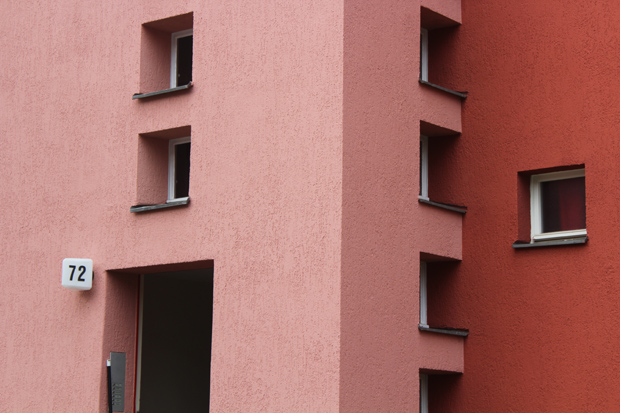
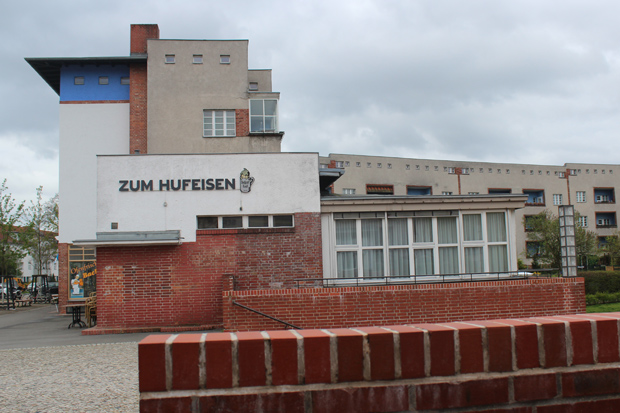
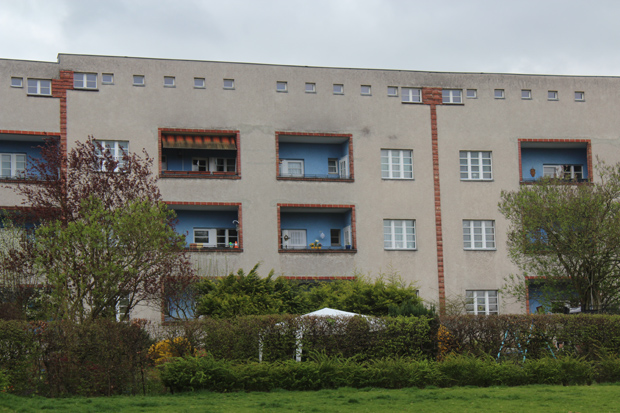
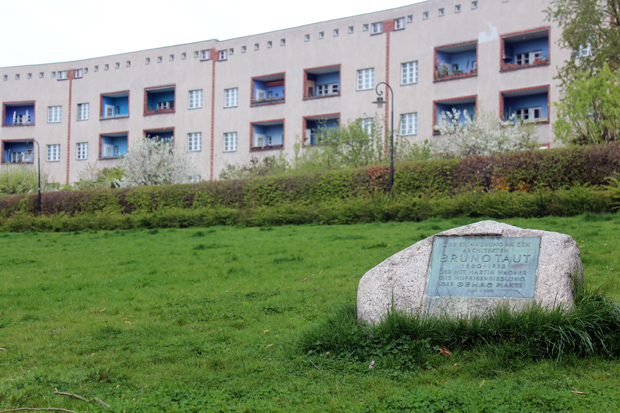
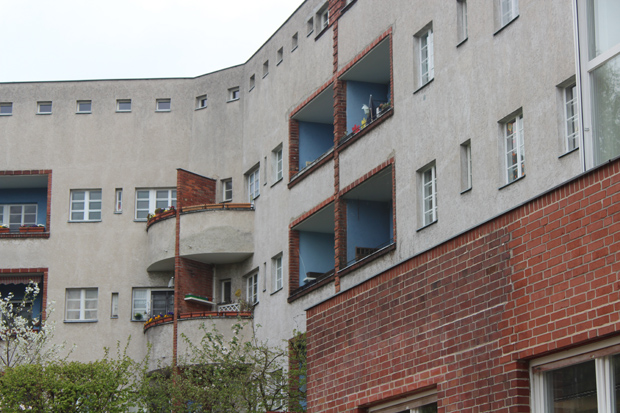

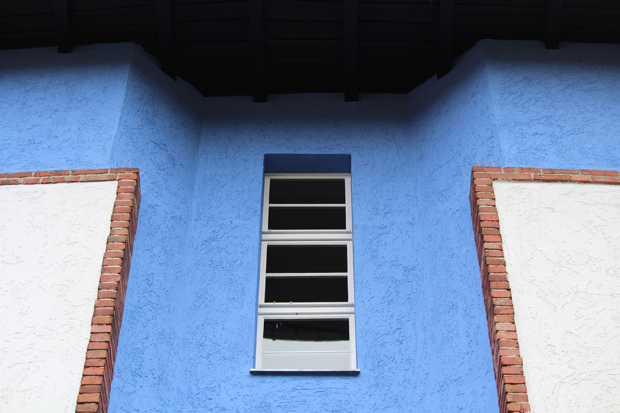
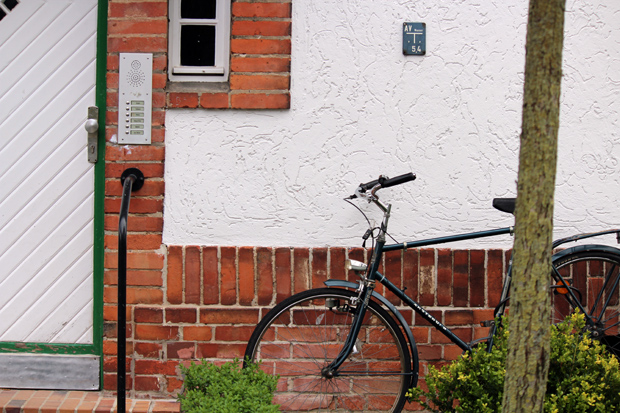
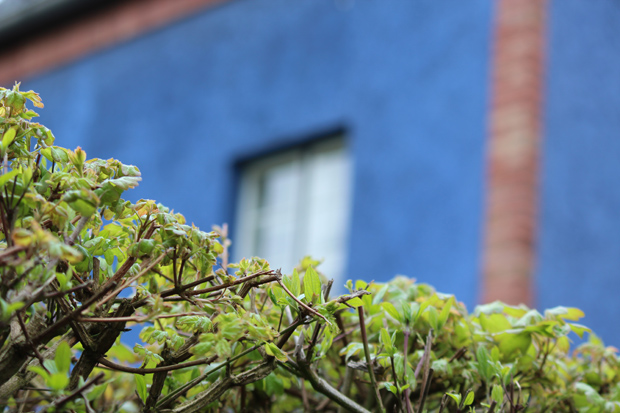
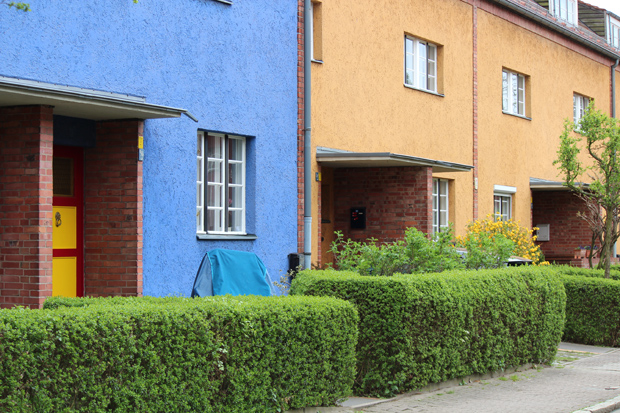
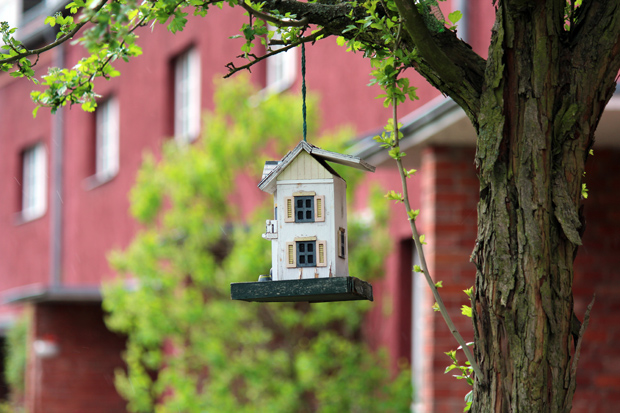
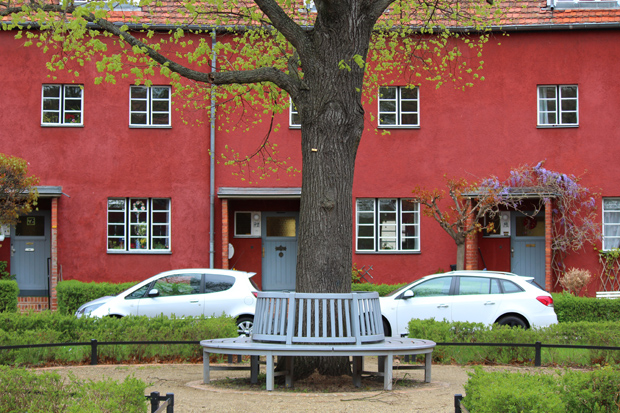
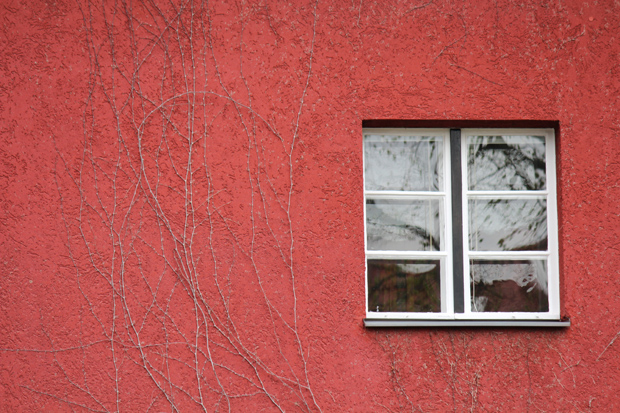
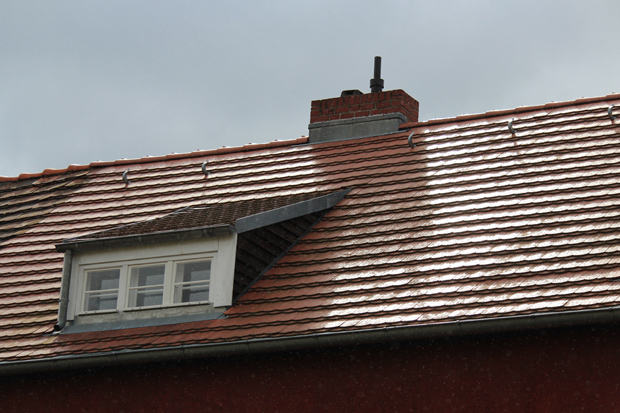
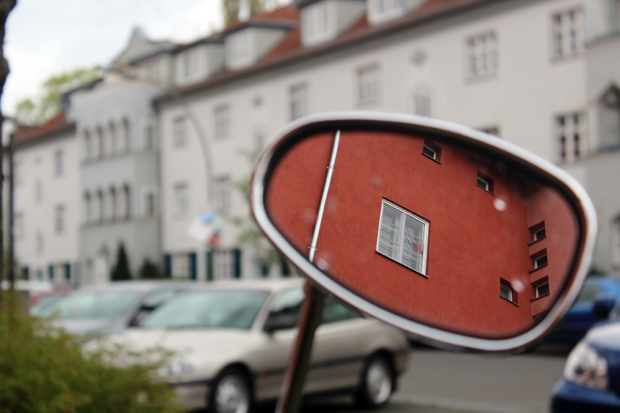
Across the street from the “Red Wall” of the Hufeisensiedlung, other apartments were built though in a more traditional style
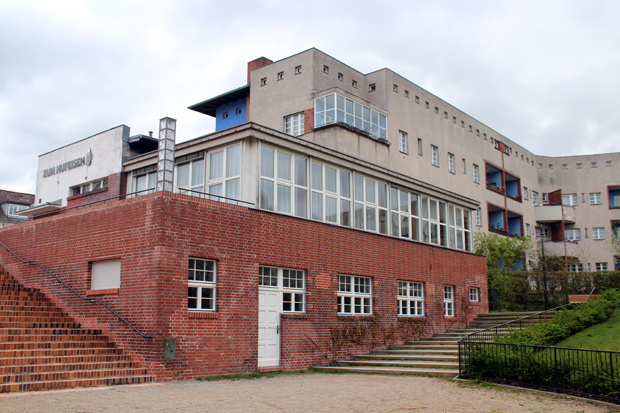
Little boxes?
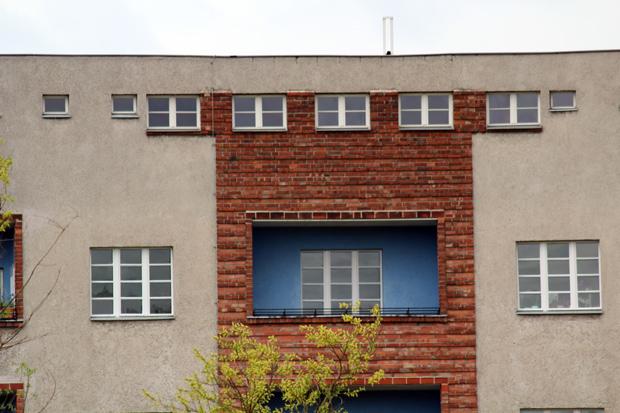
Simple architectural flourishes (brick lined windows) add the only bit of design to the Hufeisensiedlung
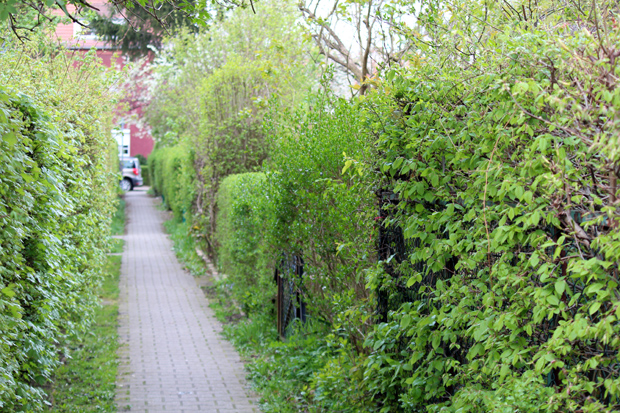
Many of the row houses have large gardens located behind their houses
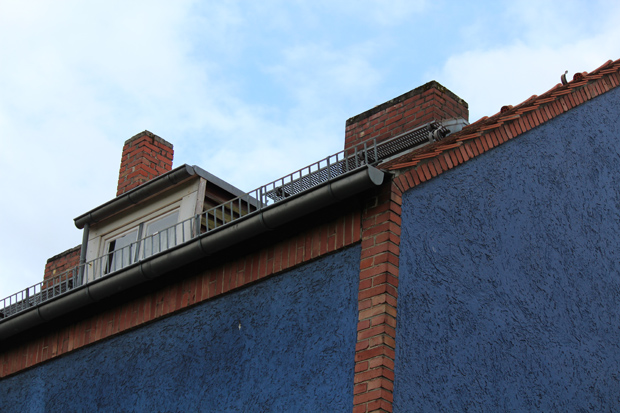
Bricks and concrete were used in the design
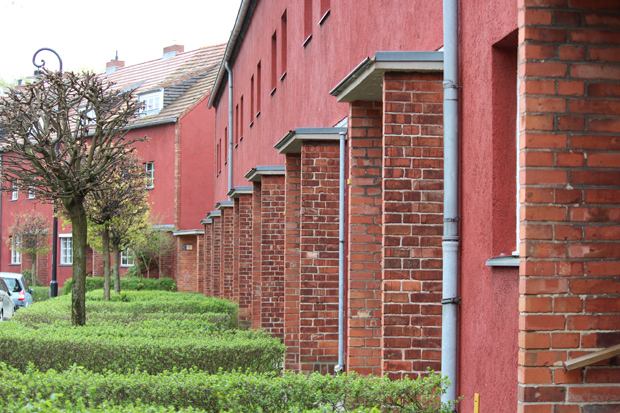
The monotonous design of the Hufeisensiedlung is only broken up with colorful buildings
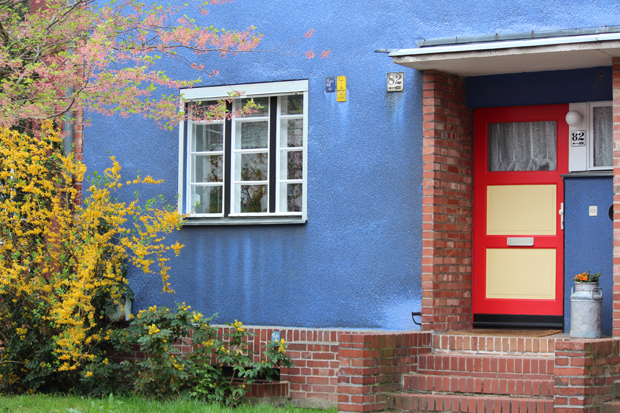
Color played a big part in the Hufeisensiedlung design
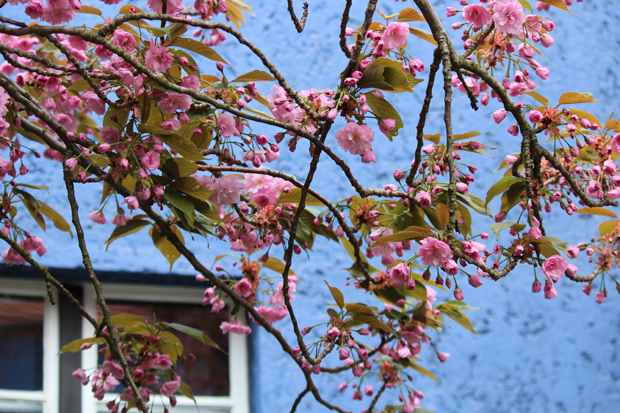
Cherry blossoms in Berlin
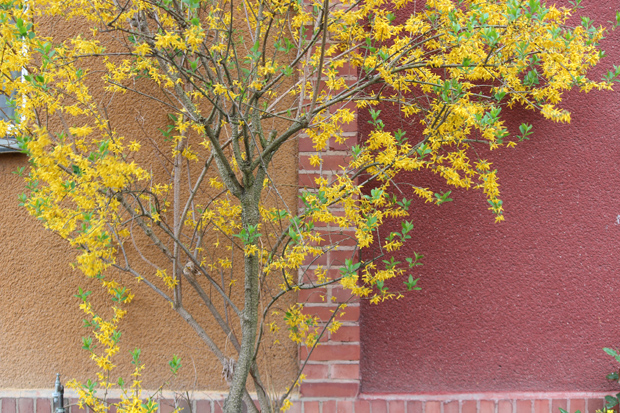
Is it a change of seasons or a change of color?
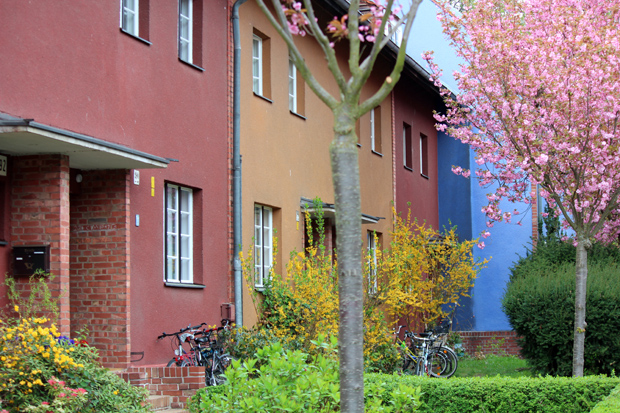
Cherry blossoms line some of the streets which just add even more color the already colorful houses of Hufeisensiedlung Britz
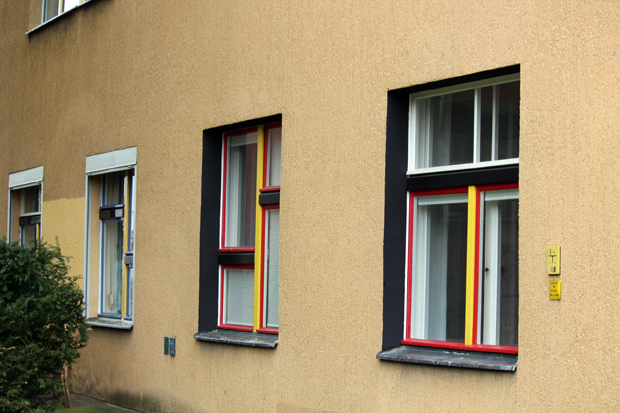
Window panes with different colors
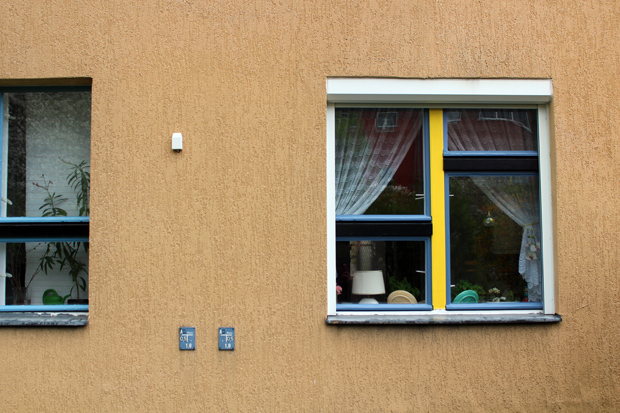
Tell me this doesn’t look Bauhaus?!
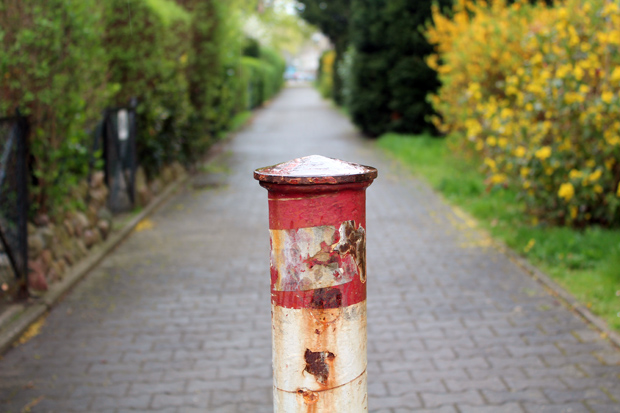
Color can pop up anywhere in the Hufeisensiedlung
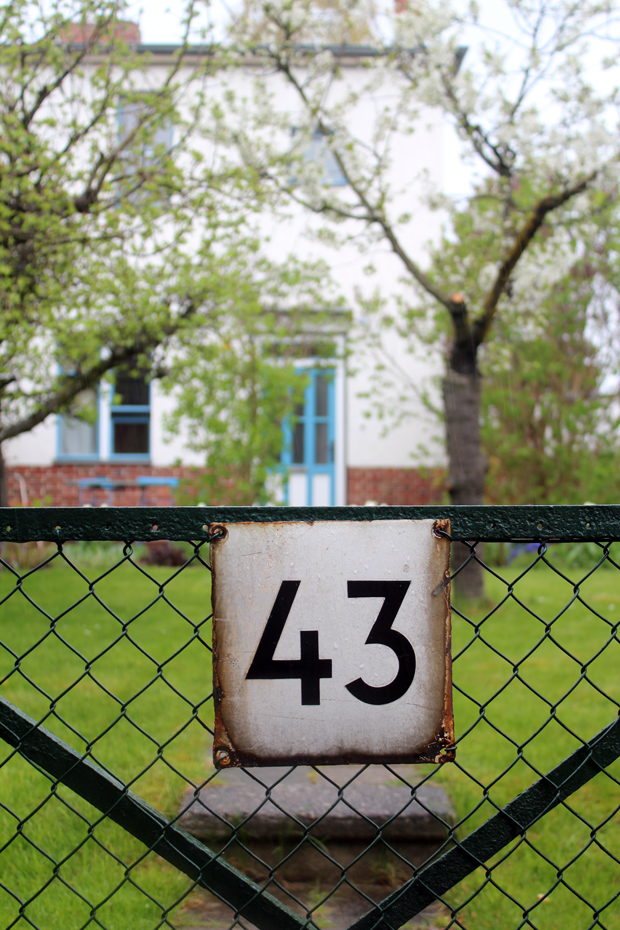
At Lowise-Reuter-Ring 43, one of the Berlin modernist houses (this one’s a single family home) has been converted into a rentable museum. The house has been furnished with authentic furniture from the time period and is available for overnight stays. Learn more at tautes-heim.de
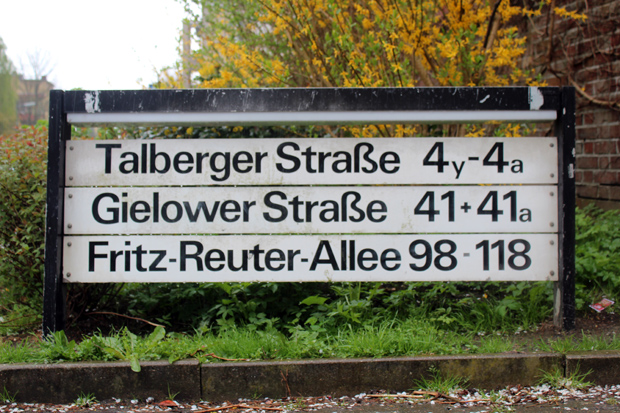
Street sign
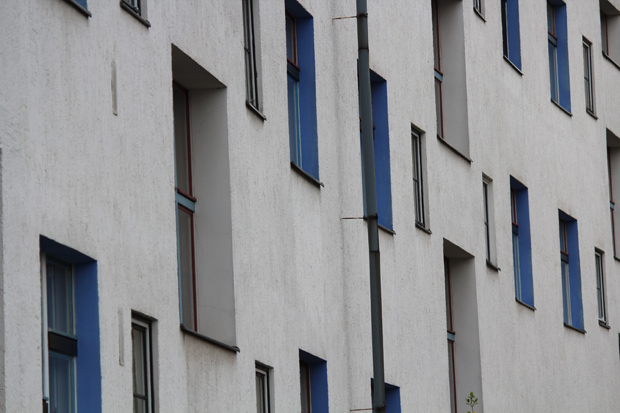
Notice the blue highlights painted on the inside of the windows?
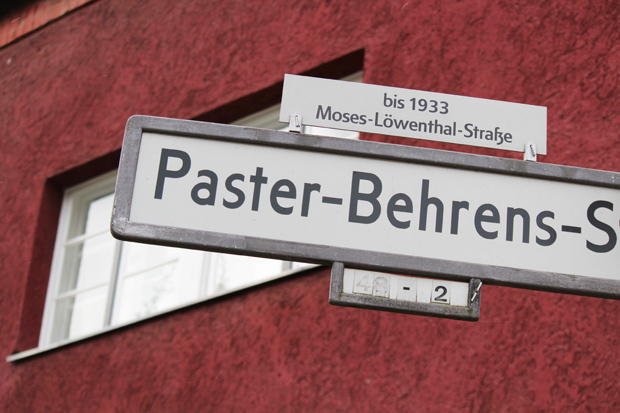
Streets in the Hufeiseinseidlung are named after fictional characters from the works of German novelist Fritz Reuter. Jewish character names were changed during Nazi Germany.
[box]
TRAVEL TIP: Want to know more about Germany’s UNESCO sites? Visit http://unesco.germany.travel for a complete listing along with photos, suggested itineraries and travel tips.
[/box]

Nice post Adam! I’m a big fan of architecture and I’m always on the look for some interesting one. This area of Berlin looks my kind of thing, I must visit next time I’m in the city. Thanks for sharing! :)
Cheers Franca – this is a cool, undiscovered part of Berlin. Definitely recommend visiting if you like architecture!
Great photos, Adam! I especially like the buildings with the colored window panes. Also, I’ve still yet to discover Neukölln! Know any good restaurants out there?
Thanks Tee! Yeah – I was really caught by the colored window panes. Neukölln is BIG so it’s hard to recommend anything specifically. I like a lot of restaurants on Weserstrasse near Hermannplatz, but there are also some great places further south near Templehof.
What a fantastic place. It’s incredible to think that such a place can stand as a reminder to a different time and place and yet look so plain and minimal, yet interesting.
Well put! I love the simplicity of this place, but also what it stands for is far from simple… It’s a really fascinating part of Berlin
It’s incredible those were built in the 1920s, they look so contemporary. I love the multicolored window frames. Is it super expensive to live in these buildings?
I’m not sure of the rent prices Erin, but I do know that the tenants have to adhere to certain guidelines concerning the external appearance of their homes
It’s incredible these were built in the 1920s, they look so contemporary. I love the multicolored window panes. Are these expensive to live in?
I especially like the structures with the shaded glass. I really like structure and I’m always on the look for some exciting one. Thanks for sharing.
Architecture can be really fascinating when you travel, glad to find another fan!
It all looks hard to photograph but you managed to make it sing. The colors are definitely what makes it. That these places are almost 100 years old seems unbelievable. What are the interiors like?
Thanks Jonathan. I didn’t manage to make my way inside any of these (they’re private homes after all!), but one of them has been restored to its former interior and is now a private guesthouse: tautes-heim.de
Definitely looks like a milestone in modern urban housing. If I remember correctly, this is the one that looks like a horseshoe… Like the fact that it´s colorful and lively, but also subtle at the same time.
You’re right Adam! The main building and first site of this housing complex is shaped like a horseshoe (hufeisensiedlung). Color was very subtle during this early period of modernism…
[…] my photos of the Berlin modernist housing estates — a precursor to the Bauhaus movement in Berlin. Click […]